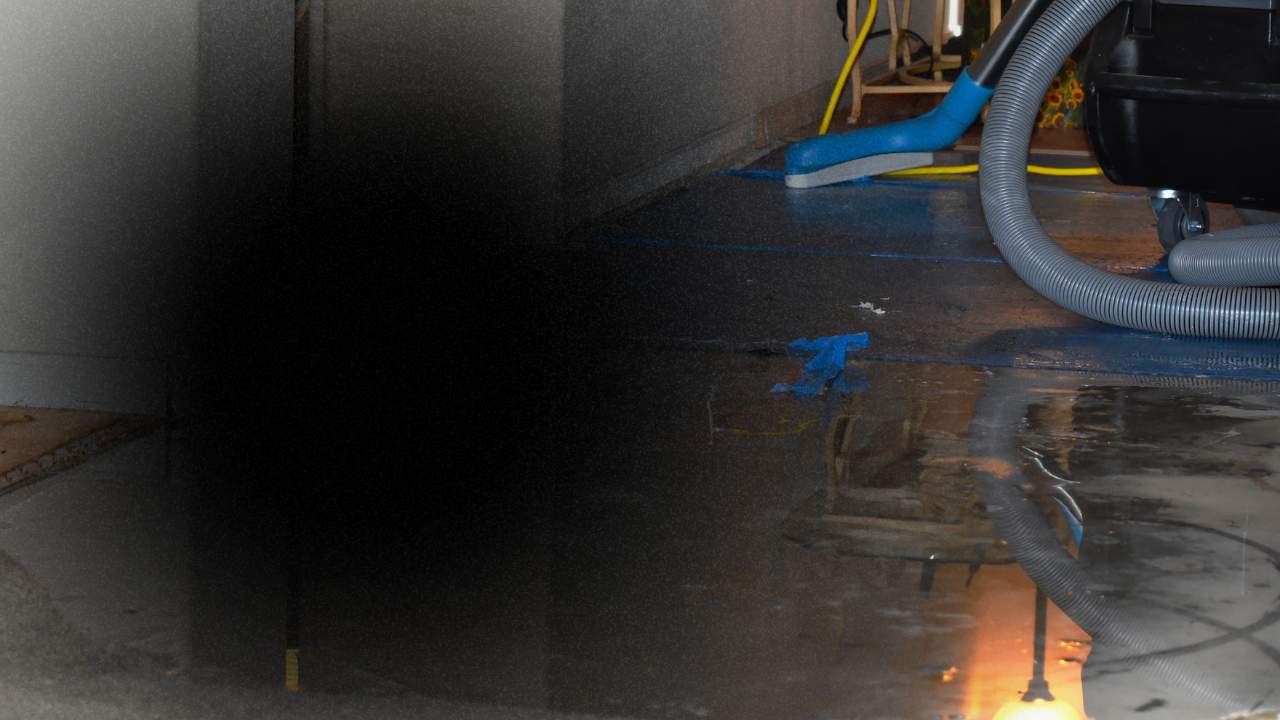Water damage can strike unexpectedly, leaving homeowners in a state of panic and confusion. If you’re in Plano, TX, and facing the aftermath of water damage, understanding the restoration process is crucial. Not only can it help save your property, but it can also prevent further issues such as mold growth and structural damage. In this comprehensive guide, we’ll explore the essential steps involved in water damage restoration in Plano, TX, providing you with the knowledge you need to take swift action.
Whether it’s due to a burst pipe, a severe storm, or an overflowing bathtub, the effects of water damage can be overwhelming. Fortunately, there are expert strategies and tools available to help restore your home to its former glory. By following the right steps and seeking professional assistance when necessary, you can mitigate damage and ensure your living space remains safe and comfortable. Let’s dive into the key aspects of water damage restoration, so you can act quickly and effectively should disaster strike.
0 best water damage restoration in plano tx
Understanding Water Damage Restoration
Water damage restoration involves several critical steps to efficiently remove water, dry out the affected areas, and restore your home. The first step is identifying the source of the water intrusion. Whether it’s from a plumbing issue, natural disaster, or appliance failure, addressing the source is vital to prevent future damage.
The Water Damage Restoration Process
Once the source is controlled, the restoration process begins. Here’s a breakdown of the essential steps:
- Assessment: A thorough inspection of the property is necessary to determine the extent of the damage. Professionals will use moisture meters and thermal imaging to identify hidden water.
- Water Removal: High-powered pumps and vacuums are employed to remove standing water. This is a crucial step to prevent further damage and mold growth.
- Drying and Dehumidification: After water removal, the affected areas need to be dried. Industrial-grade dehumidifiers and fans are used to eliminate moisture from walls, floors, and furniture.
- Cleaning and Sanitizing: To prevent health risks, all affected areas must be cleaned and sanitized. This includes treating surfaces with antimicrobial solutions to inhibit mold growth.
- Restoration: The final step involves repairing and restoring your home to its pre-damage condition. This may include replacing drywall, flooring, or even structural elements depending on the extent of the damage.
Benefits of Professional Restoration Services
While DIY restoration may seem tempting, hiring professionals for water damage restoration in Plano, TX, can save you time, money, and hassle. Experts not only have the right tools and expertise but also follow safety protocols to ensure a thorough and effective restoration process. Additionally, they can provide a comprehensive assessment that you might miss on your own. This allows for a more efficient restoration, minimizing the risk of future issues.
In conclusion, understanding the water damage restoration process is essential for homeowners in Plano, TX. By knowing the steps involved and the benefits of professional help, you can take proactive measures to protect your home from the devastating effects of water damage. Stay informed, act quickly, and ensure your home remains a safe haven for you and your family.

